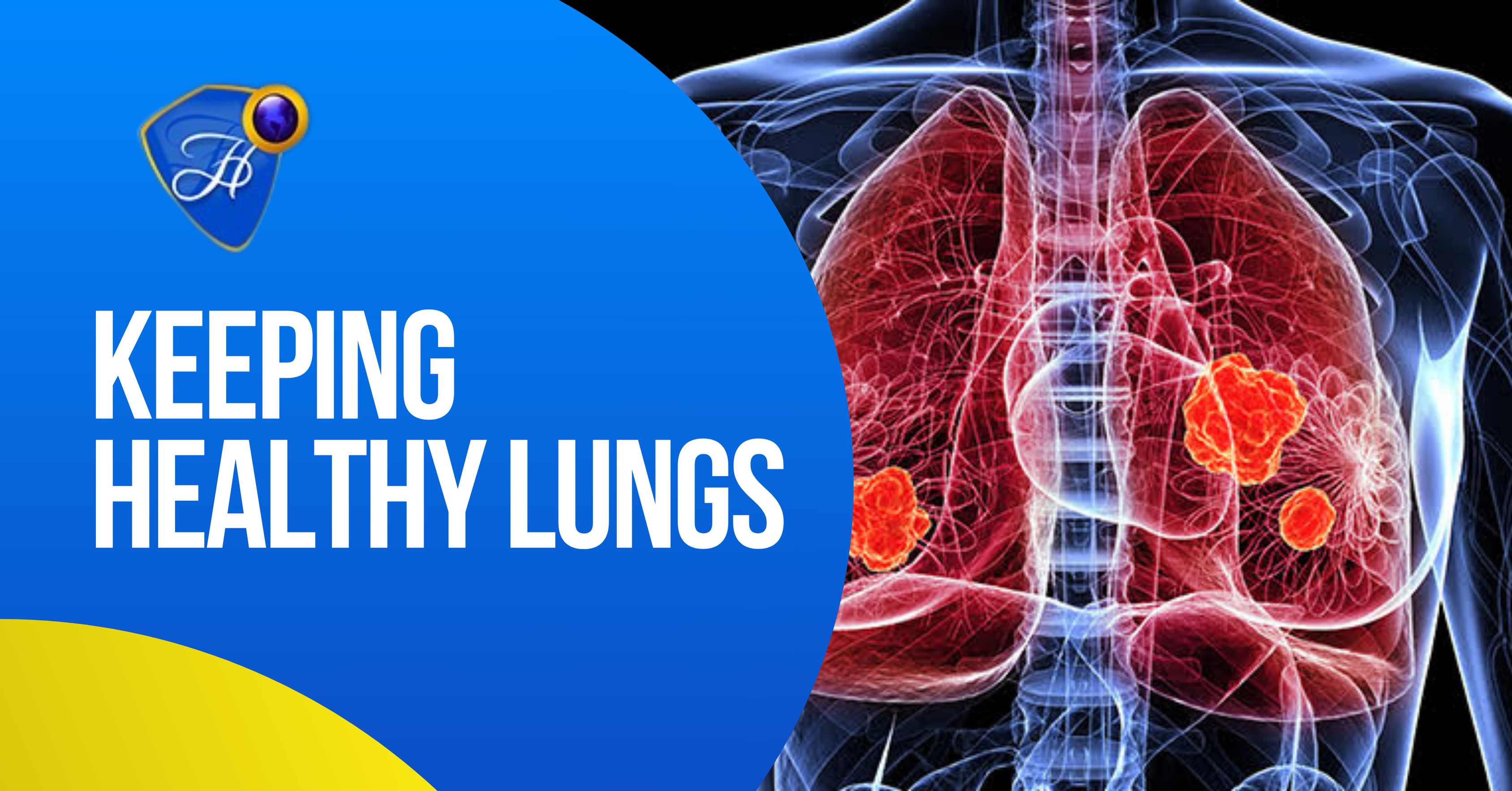
Bleeding refers to blood loss, and can occur in almost any area of the body; injuries often result in bleeding. Although bleeding has interesting health benefits like improving blood flow and balancing iron levels in the blood, you need to understand how to treat common bleeding incidents, as well as when to seek medical help.
1. Care for Bruises: Bruising is said to occur when a person bleeds underneath the skin and this can follow blunt trauma with minor bleeding at the site of direct impact. Depending on the cause of the injury, a bruise may arise in minutes or may take hours to days to appear (as seen in cases of internal injuries). For a mild bruise, keeping the surface clean and dry is important, and will speed up the healing.
2. Care for Grazes: Minor grazes on the skin usually occur when a person slides and falls on a rough or dirty surface, thus resulting in a minor injury to the skin. This kind of wound is usually
contaminated with dirt and needs to be washed with mild soap and under clean running water, or
cleaned with a disinfectant wipe when first aid is being applied.
3. Care for Cuts: Minor cuts are commonplace and when they occur, treat simply by cleaning the surface of the wound with clean running water, get the surface dry by patting it with a clean
bandage and apply a clean dry dressing such as a band aid or plaster dressing.
4. Care for Deep Cuts: First aid for deep cuts includes cleaning the surface of the wound and
applying direct pressure over it by using an appropriate bandage or dressing pad. Pressure
should be maintained for at least 10 minutes to stop the bleeding.
5. Care for Nose Bleeding: The sight of a nose bleed can be scary for some, but all you need to do is to encourage the casualty to lean forward, apply pressure to the blood vessels of the nose by pinching the nostrils for 10 minutes while encouraging the person to breathe through the mouth. Calling for emergency services may be required if the bleeding does not stop.
When to Seek Medical Help:
You should immediately see a doctor or get the attention of other medical professionals if:
• Internal injury or shock is suspected.
• Bleeding can't be controlled – particularly if it was caused by a severe injury and requires a tourniquet.
• The wound or injury requires stitches.
• Gravel or dirt can't be removed easily with gentle cleaning.
• Signs of infection develop – signs such as increased pain, redness, swelling, yellow or brown fluid, fever, or red streaks spreading from the site toward the heart.
• Injury was caused by an animal or human bite.
• The patient has not had a tetanus shot in the last 5 to 10 years.








Post Comments & Testimonies